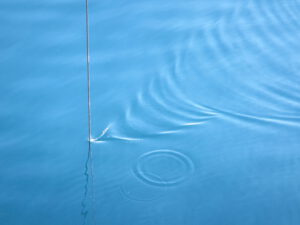
A personal story about why I am reluctant to start a class with an intervention
The first lecture I attended as a student wasn’t actually a regular lecture, even though I did not know that at the time. It was an intervention. Together with about…
